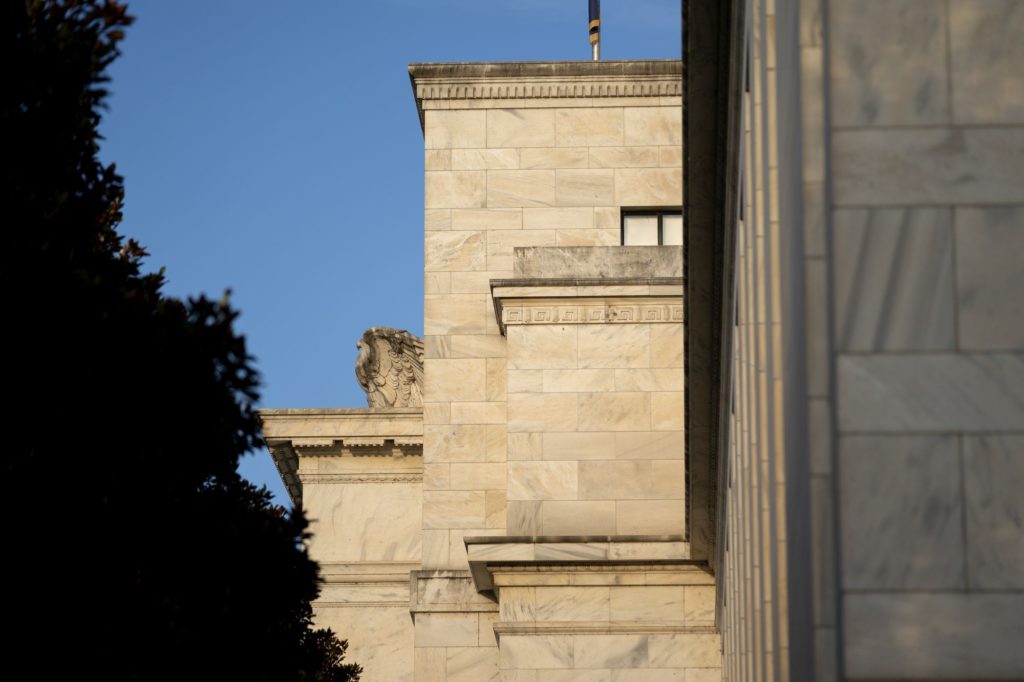(Bloomberg) — Federal Reserve officials meet this week as consumers and companies fret the U.S. economy is facing the most widespread supply crunch since the oil crisis of 1973.
Chair Jerome Powell and his Federal Open Market Committee meet Tuesday and Wednesday as supply chains fray at multiple junctions for trade. The hard part of their job: deciding if snarls are localized and temporary, or are longer-term headwinds that’ll fan inflation if supply and demand remain out of balance.
Ports including Los Angeles and Savannah, Georgia, are congested, key manufacturing materials such as semiconductors are tricky to source, commodity prices are soaring and some employers are struggling to find even unskilled workers. Yet problems are uneven, with ports in Boston and Oakland, California, promoting the relative ease of moving goods across their docks.
In the Fed’s recent snapshot of the economy, 10 of its 12 regional banks reported anxiety of some form of scarcity, be it of workers, inputs or goods. Forms of the word “shortage” appeared 70 times, six of the districts cited “bottlenecks” and most reported “significantly elevated prices.” Added together, use of “shortage” in the so-called Beige Book is around its highest since the early 1970s, according to MetLife Investment Management.
The central bank’s dilemma is whether the supply squeeze represents so great an inflationary threat that will need addressing with tighter monetary policy or will soon pass as the economy returns to normal, meaning policy can remain super loose for longer. The upcoming holiday season will pose a further test to the outlook.
“In the U.S. and in other advanced economies with these supply constraints and shortages and therefore elevated inflation, they are likely to last longer than previously expected –- likely well into next year,” Chair Jerome Powell said Oct. 22. “But it is still the most likely case that as supply-side constraints abate, as they eventually will, and as job gains move back up, inflation will move back down closer to our 2% goal.”
The Fed districts are keeping tabs on how the risks break down regionally.
In an October survey of businesses by the Atlanta Fed, 52% of respondents said they had hired new suppliers to mitigate disruptions and 34% had changed their products or services. Thirty-three percent had shifted from “just in time” management of inventories to “just in case.”
In another poll, the Richmond Fed found almost three-quarters of large and small firms alike experiencing tangled supply chains. Availability of materials, shipping problems and production delays were the most cited challenges.
In response to questions from the Dallas Fed, where winter storms earlier this year pummeled manufacturers of chemicals, plastics and other industrial ingredients, a metals maker said “it is beginning to feel like we are headed to a slowdown in a few months with inflation kicking in.”
A chemical maker added, “the potential for recession is ever increasing without major fiscal policy improvement.”
“In some cases the economy is clearly supply constrained, and some people are hanging back from working during Covid,” said Stephen Stanley, chief economist at Amherst Pierpont Securities. “But some of the supply disruptions are also a function of demand being unusually high.”
More stories like this are available on bloomberg.com
©2021 Bloomberg L.P.











